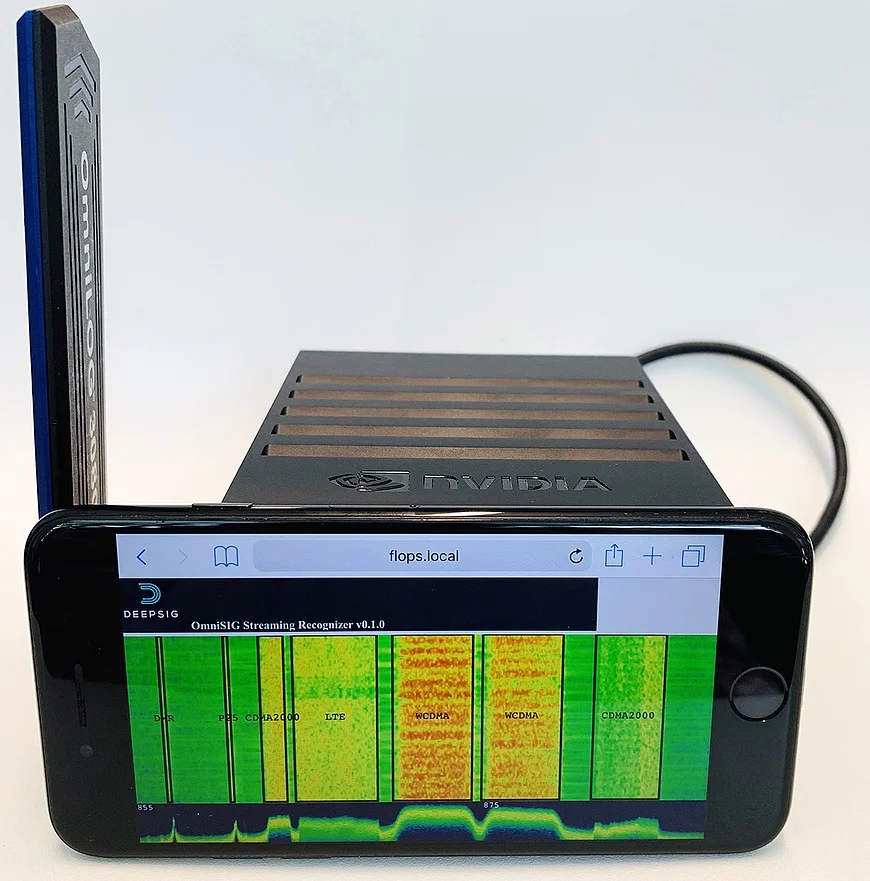Read more on the NVIDIA blog post
The complexity of wireless system design is continually growing. Communications engineering strives to further improve metrics like throughput and interference robustness while simultaneously scaling to support the explosion of low-cost wireless devices. These often-competing needs makes system complexity intractable. Furthermore, algorithmic and hardware components are designed separately, then optimized, and integrated to form complete systems. This approach makes globally optimizing the end-to-end communications link extremely difficult, if not impossible.
DeepSig overcomes this complexity barrier by designing neural networks that learn how to effectively communicate, even under harsh impairments. To accomplish this, we leverage our background in radio and signal processing, recent developments in deep learning, and technology from NVIDIA such as GPU hardware and software libraries optimized for machine learning. Our work in learned communications demonstrates that machines easily match the performance of human-designed systems in simple scenarios, as shown in Figure 1. In more complex scenarios, a deep learning-based system can dramatically outperform existing approaches by learning a physical layer (PHY) inherently optimized for the radio hardware and channel.

